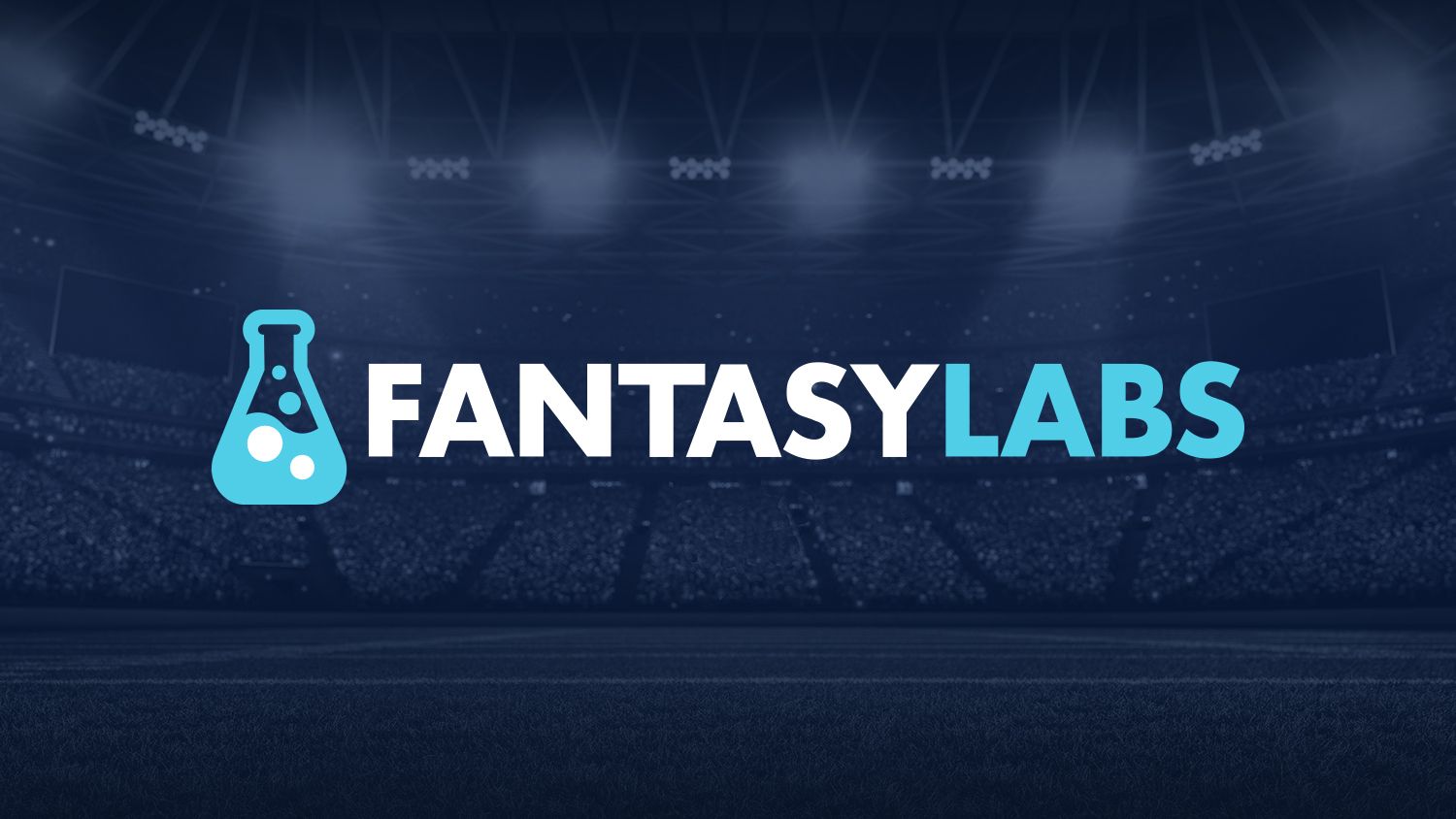Phoenix Raceway plays host to the NASCAR Cup Series’ first race with the new short track and road-course package that’s being implemented for the 2024 season.
The changes made to the diffuser and rear spoiler are designed to increase the ability of cars to run side-by-side, however driver feedback this weekend is largely of the opinion that the changes haven’t helped, or even hurt, the ability to pass. It remains to be seen how the race will play out, so some caution is warranted.
Phoenix is a one-mile, relatively flatly banked track that isn’t all that hard on tires. However, Goodyear is bringing a thicker tire tread, which should help tire falloff on a track that normally displays relatively minor pace discrepancy over the course of a long run.
That could be the catalyst for better passing, in addition to the aerodynamic changes, but overall I’m still largely handicapping Phoenix like I do most short-flat tracks in the Next Gen era.
That means a combination of practice pace, along with track and track-type history, and playing it relatively chalky at a track that’s not known for a ton of chaos.
Before we jump into my picks, don’t forget all my NASCAR projections can be found in the NASCAR Models on FantasyLabs, complete with floor, ceiling, median, and ownership projections.
Let’s not skip the best part — my Perfect% metric — a metric that tells you how often certain racers appear in the optimal lineup when running 10,000 race simulations.
And don’t forget about the tools that FantasyLabs has to offer, like our Lineup Optimizer to effortlessly create up to 300 lineups, or our Lineup Builder if you like to hand-build your lineups.
Here are my NASCAR DFS picks for the Shriners Children’s 500 at Phoenix Raceway.
Phoenix DraftKings DFS Cash Game Strategy
Each of the four Next Gen races at Phoenix has produced a driver leading more than 140 laps, so our main goal should be to pick the likeliest top dominator for our cash-game lineups.
To me that’s Denny Hamlin ($10,500), given his pole-position starting spot alongside teammate Ty Gibbs. However, it’s also clear to me that Christopher Bell ($10,000) has what may be the dominant car based off practice times, so my goal is to take both Hamlin and Bell, hoping to raise my floor with dominator points.
From there, we’ll round out our lineups with a combination of finishing position and place differential, adjusted for salary.
To me, that starts with Bubba Wallace ($7700), who had finishes of 10th and 14th last year and fires off from the 22nd starting position in his 23XI Racing Toyota. I’m especially keen on the Toyotas given how great they looked in practice and how strong they looked at the offseason test at Phoenix, which was the debut of their new body.
After that, it makes a lot of sense to use Austin Cindric ($6200), who qualified 34th out of 36 cars, meaning he mostly can only go forward in top-tier equipment, but at just a $6200 price tag.
Phoenix DraftKings DFS Tournament Picks and Strategy
Like I said up top, Phoenix is typically one of the chalkiest tracks on the schedule, so I’m not going to stray too far off track here with my tournament picks.
If you nail the dominator picks, I see less use for rostering guys like Kyle Busch, Joey Logano, and Ryan Blaney at their price tags, and instead prefer to go a bit more balanced with my non-dominator roster spots.
That starts with Ross Chastain ($9000), who comes in cheaper than the aforementioned trio and has just as good, if not better, track history than the other four, who all start behind Chastain and garner higher usage.
We can also balance this out with Tyler Reddick ($8500), who is among the race favorites despite an even cheaper price tag than Chastain. The issue here is that he starts farther forward, but if he can realize his dominator potential, he’ll have quite the upside at a usage discount.
Speaking of discount, John Hunter Nemechek ($6500) is a nice salary discount with upside, especially for a driver who practiced inside the top 10 yet starts 19th in one of those new Toyota bodies. Using him also gets you away from an overdose of Josh Berry, Corey LaJoie, Austin Dillon, and Austin Cindric who, while each chalky, just didn’t display the speed that JHN showed in practice.
Phoenix DraftKings DFS Paul Menard Pick of the Week
As I’m not trying to go too crazy here, my PMPOTW is going to be relatively safe.
My model projects Daniel Suarez ($7300) for just 11% usage, but I actually think he’ll be lower than that given that he’s sandwiched in the starting order between Roush-Fenway-Keselowski teammates Chris Buescher and Brad Keselowski, who seem like more attractive options, but I’m not sure they really are.
And yet we’re still getting a price discount compared to those RFK cars with maybe slightly less upside. However, Suarez has shown he’s capable of pulling off solid finishes at Phoenix, with at 30% top-10 ratio here while in strong equipment.
My model gives him a Perfect% of 12%, so I don’t mind leveraging him a bit higher to around 15% or about one in six lineups.
I think he’ll be the forgotten guy of this slate who has the capability to pull off a strong finish with the right circumstances.






